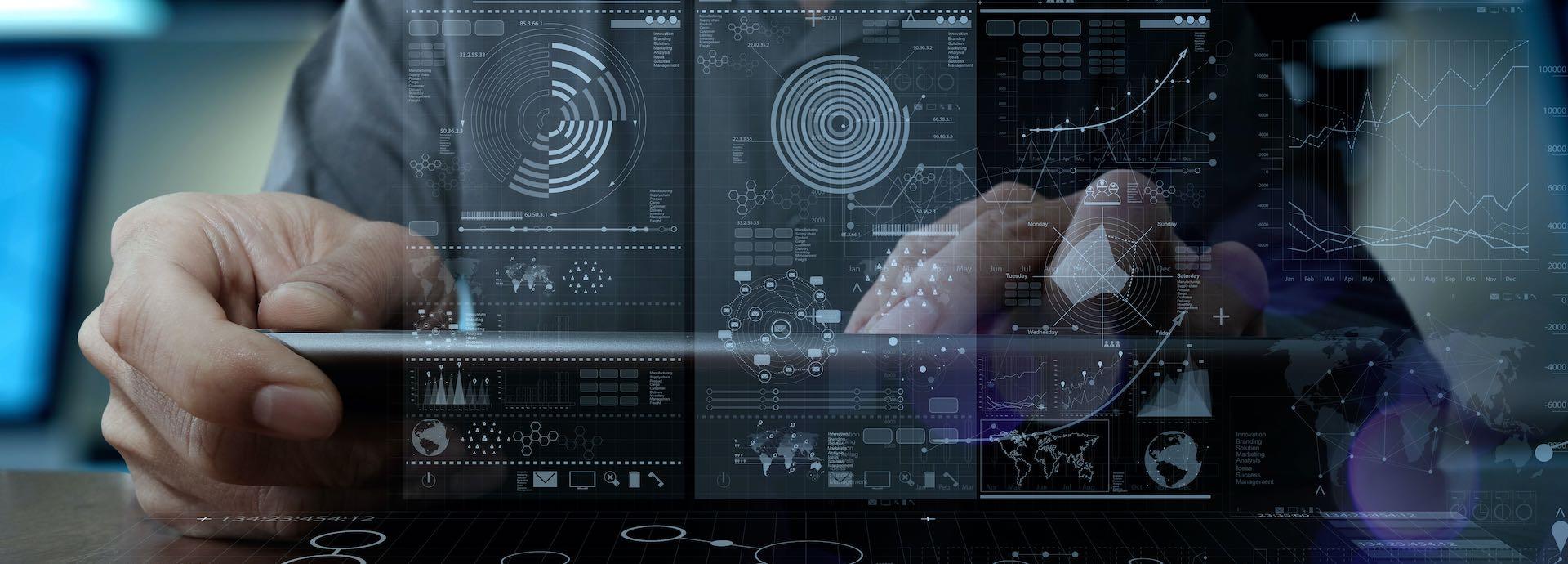

As the maritime industry rapidly embraces digitalisation, the use of sophisticated systems like AI and data-monitoring tools will become commonplace. In response, seafarers will have to develop whole new skillsets to travel the seas.
On 7 March 2020 – a sea trial was carried out by IBM and marine research organisation Promare. The experiment involved the use of a virtual, Artificial Intelligence (AI) powered captain to allow the trimaran Mayflower to self-navigate the Atlantic.
While the pandemic may have placed a temporary blip in plans, there is no denying that the maritime industry stands at the cusp of change. Over the next few years, the rapid rise of sophisticated automation tools including AI, Remote Monitoring and Operations, and new ship designs will cause a sea-change in the industry.
In fact, some experts are calling 2020 the year of the reset with forced downtimes giving fleet owners and operators a chance to upgrade their vessels with more digital tools, thus enabling leaner and more competitive operations. In fact, in an article by the World Economic Forum, maritime experts argue that “Another way to fast-track the reopening of our blue economy is to direct stimulus investing towards marine technologies that can help us more efficiently and effectively observe and understand our ocean.”
Augmenting human capabilities
But does more investment in automation and digitalisation in the sector threaten jobs or is it an opportunity? Will virtual mariners take the place of flesh-and-blood mariners? Melvin Mathews, Director, New Businesses at Wärtsilä Voyage Solutions, and a former mariner himself, says that scenario is unlikely.
“We should not think of these technologies as straight-up replacements for having people at the helm of things,” he explains further. “Machines can certainly do low-level repetitive and mundane tasks, but they have not reached the level of sophistication to take over from a seafarer. Even self-learning AI technology is still in its infancy, and it will be difficult for it to undertake the multitude of complex task and mission critical decisions that seafarers undertake today.”
Mathews’ views are substantiated by a report funded by the European Union which states: “We will probably not see unmanned, fully autonomous ships on a significant scale in the coming decades, but we will see an increasing number of autonomous functions on a ship. For example, optimum routing considering weather conditions and collision avoidance algorithms. Such systems will require complex human-machine interactions and in-depth system understanding is needed.”
Bringing mariners in at the start
While a full-fledged autonomous ship may sail the seas be decades into the future, such a vessel is not inevitable, and nor will ships ever be human-free. In the meantime, what will happen is a phasing in of advanced technologies that will take care of mundane and repetitive tasks, leaving mariners free to focus on core decision making and other high-level work. The good news here is that mariners are more receptive to such changes than people working in other industries.
“Mariners are used to working on different types and sizes of ships with equipment and machinery from different makers. When we include adoption of new technology and systems installed on board, on average they see far more change than their counterparts ashore,” explains Mathews. “As more vessels are outfitted with smart marine technologies, fleet owners must use the opportunity to test them on ships with the best performing mariners, so the shore management can get good feedback regarding the performance of the tested equipment or system.”
The mistake some companies make, he says, is not involving mariners in the decision-making process at all.
“In the rare cases where the shore staff has not involved or informed the crew, the adoption rates are low, and the crew generally avoid using the equipment. There are plenty of ships with such unused equipment sailing the oceans,” he adds.
New skills for the digital age
However, this also means that future mariners will have to be skilled in a whole lot of different competencies than they are at the moment. As IoT, AI, Blockchain and other smart marine technologies become more prevalent, mariners will have to be trained to interact with and operate vessels running on high-tech systems.
“Seafarers should know how to interact with the computer systems to respond to challenges in the operation of autonomous ships, such as when routes are changed, or ships are in hazardous waters,” stated Egil Haugsdal, President of Kongsberg Maritime in the report.
So, what are some of the future skillsets that mariners will have to have? The skills required to interact with core computer and digital systems will be a certainty. Seafarers will need to be trained to activate, respond to and potentially programme these systems.
Seafarers will also have to be trained to take advantage of and properly utilise the data that is generated by the use of such smart machines. Additionally, they will increasingly have to transfer knowledge from one value chain to another in both seagoing and shore-based jobs.
“As we progress towards a more digitalised maritime industry, professional seafarers will have to work in tandem with advanced systems. The man and the machine - working hand-in-hand and pioneering a new era,” concludes Mathews.
Did you like this? Subscribe to Insights updates!
Once every six weeks, you will get the top picks – the latest and the greatest pieces – from this Insights channel by email.

